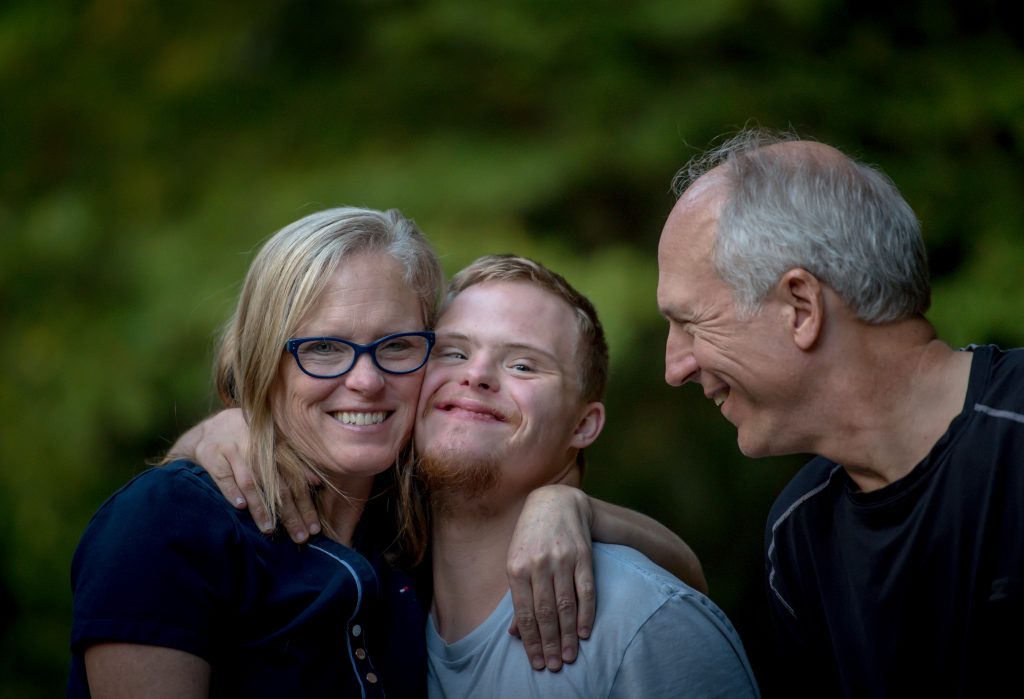The speech and language strategies used in therapy focus on communication development and self-advocacy to support the individual’s quality of life. Individuals of all ages will be empowered to communicate authentically to meet their needs, which can include Alternative and Augmentative Communication (AAC).
Speech Disorders and Differences
- Articulation – the production of sounds
- Phonology – patterns of speech used
- Childhood Apraxia of Speech – difficulty planning and coordinating movements needed to make speech sounds
- Fluency – stuttering


Language Disorders
and Differences
- Receptive Language – understanding concepts, vocabulary, grammar, following directions, etc.
- Expressive Language – sharing wants/needs and ideas, grammar and vocabulary development
- “Late Talking” – delayed communication milestones before 18 months of age
- Pragmatic Language – social communication and social skill development
